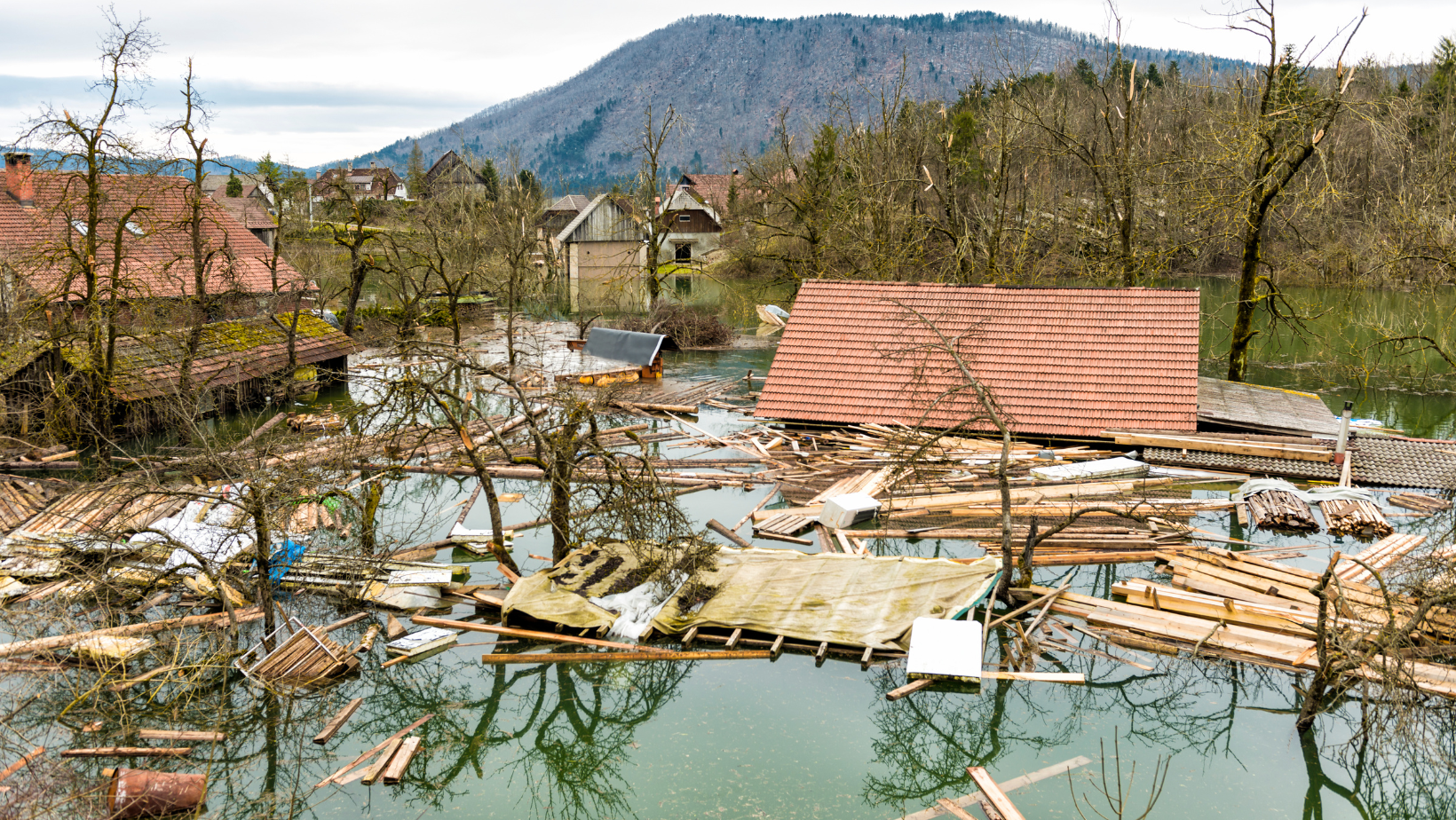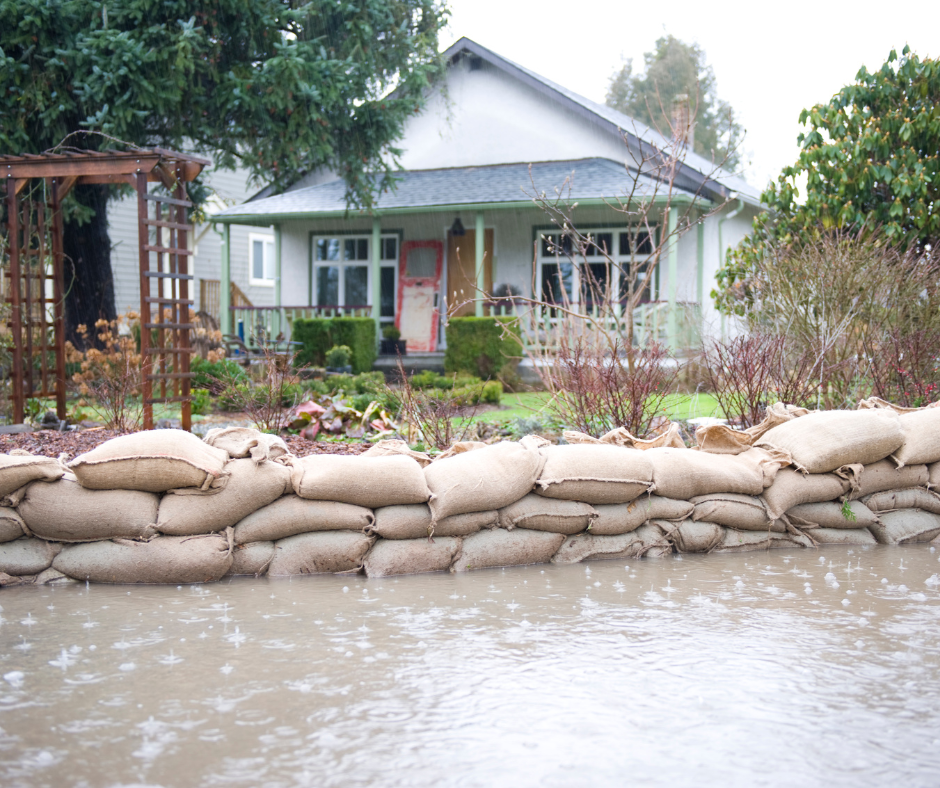
How To Guide: Flood-Proof Your Home And Prepare
By: 911 Water Damage Experts
If you are looking for ways to better protect your home from floods, then the first thing you need to do is assess the risks.
There are plenty of tests and preparations you can carry out if you want to ensure the safety of your home.
In some cases, you can apply sealants.
And in other cases you can install a flooding control system and you can contact a water damage company to check if any other necessary steps need to be taken care of.
Start Evaluating
When it comes to flood protection, the first step that you need to take is to determine how likely your area is to be affected by a flood and if your house is strong enough to take it.
Make sure to check this with the help of FEMA Flood Map Service.
You can check the flood history in your area there.
These specific types of flood maps are excellent if you want to get some extra information on your area and how to protect yourself.
The maps include several zones, and they are:
-Blue zones: These are the zones where there is the least chance of a flood occurring. A flood may happen in this zone once in 100 years. Even though a small percentage such as this one, about 1 percent seems insignificant, it is still a high chance according to FEMA. In any case, you should still take the necessary steps to shield yourself.
-Orange zones: These are zones where it is still unlikely for a flood to happen, but not impossible. In Orange zones, a flood may happen once every 500 years. Because of the lower chances of being flooded, the insurance rates in these zones are significantly lower. Nevertheless, it is always better to be safe than sorry, so you should still make sure your house is not at risk when it comes to floods.
-Yellow zones: These areas are not yet determined when it comes to flood risk. If you live in a yellow area or want to buy a home there, we strongly suggest you research the flood history of the area. Make sure to ask your realtor, the previous owners, and the neighbors about what the conditions are like. Surely you would like to be prepared in case you come face to face with some flood damage.
-Blue zones with red stripes: These are usually the frequently flooded areas. In these zones, more than often you can find a river that is mostly kept clean and without an obstructed flow so any flood would be prevented. However, even if some measures are taken, some of the houses are just in the way of the water and are the first damaged ones when a flood occurs. In this case, you need to take some extreme steps to protect your home from flooding.
Once you start looking at the flood map, you also need to check which year the map was made.
Some of the maps have been outdated, so the area you are living in now might be different than what it was back when that map was made.
The next thing you need to do is talk to a professional about which steps to take to shield the home.
First things first, talk flood levels.
Flood level means the height at which the water could rise during a flood. In an ideal scenario, the home should be just above that level.
For example, if your house is at the bottom of a hill or in a valley, then there is a high chance it will get flooded.
On the contrary, if it is uphill, then the chances are significantly lower.
If you are unsure of how to notice this, follow the water stream next time there is a flood.
See how the water flows and where it goes.
This will give you an indication of where to avoid living. Also, note that the standard insurance policy will not shield you from flooding.
Instead, you need to purchase an insurance policy from a homeowners insurance company.
Prepare Your Home
Once you are finished with accessing the home, it is time to start taking the necessary steps to properly flood-proof your home.
This can range from basic and free maintenance to high-cost home renovations.
Depending on the current state of the home, you will know which steps you should take.
What Are Some Renovations Tips For Flood-Proofing My Home?
If you decide to build a home (or already have one) in an area that has been known to flood frequently, there are some things you can do if you want to minimize the damage.
Here are some steps you can take if you want to do that.
-Lift your home on piers or stilts: Even though this is an expensive project to undertake, by doing this you will ensure that your home is a safer place to live. Even one inch of water can do a lot of damage, so if this is one of the ways to avoid that, then it is something you should do.
-Installing sump pumps or foundation vents: This is something that can help the water flow through the home, rather than settle in it. It will relieve the pressure from the water and will act as an outlet for it. The sump pumps are an excellent choice if you have a basement that floods frequently. In case the power goes out, you should opt for getting a battery-powered sump pump.
-Apply some sealants and coats: The type of dry flood-proofing includes adding some sealants to your walls, ceilings, and floors so you can prevent water from leaking inside the hose from any cracks.
-Raise all outlets and switches: In case of flood, it is best to raise all switches and outlets above the level where the flood might occur.
-Add some check valves to your pipes: If you want to prevent a flooded sewage system from backing up in your home, the best thing you can do is add some check valves to your pipes.
-Grading the lawn away from the house: As insignificant as it may sound, this is an important step. You need to make sure to grade the lawn away from the home instead of toward it so you can avoid having the water gather up and pool up around the home.
-Leave some space between the mulch and the siding: This will help keep the base of your home dry and prevent any leaks from happening.
-Point the downspouts away from the home: The gutter should be pointed in the direction away from the home too. By doing this you will avoid any cracks or floods from happening in the home.
You can further protect the home by raising all home appliances above the floor level.
Some of the appliances you should think about are your air conditioner, water heater, dryer, washing machine, and generators just to name a few major ones.
Once A Flood Happens
If a storm is coming your way, or a flood is already happening, there are a few things you can do to minimize the damage to your home, such as:
-Shutting off the water line if it is the source of the flood.
-Cleaning your gutters to allow the water to flow freely.
-Using any sandbags you can find.
-Elevating or moving all the furniture and valuables so they won’t get destroyed.
-Turning off your electricity.
-If it is not raining, open the windows.
-Turning the sump pump on.
-Hiring a window boarding company to board up your windows.
-Taking some photographs that you can show to your insurance provider.
If you have any questions about our article “How To Guide: Flood-Proof Your Home And Prepare” or need a professional storm restoration company feel free to call us at 1-833-WE-DRY-IT or chat with us in near real-time on our Facebook fan page.
Related Posts
Water Damage Restoration Articles
Common causes of flooding in the home
Basement flooding? Here are 8 must-know steps to take now
Why basements flood and what you can do about it when it happens
Garage flooding: Prevention tips and hacks that’ll solve your garage damage whoas
Water damage prevention tips from the most common problems we’ve seen
Top causes of water damage in commercial buildings and how to find them
Must-know water damage tips: What to do after your house floods
What does good water damage restoration look like?
DIY water damage restoration and the hidden dangers
How to choose the right water damage company
Flast floods: What to do before, during and after a flash flood
What to do when your attic leaks?
Fire Damage Restoration Articles
How to clean up after a house fire
Fire damage restoration checklist
Fire damage tips: 6 hazards property owners miss
How smoke from fires can negatively affect your health
What are the most common causes of house fires?
10 helpful smoke damage cleaning tips
Related Water Damage Services
Fire damage restoration services
Water damage restoration services
Emergency cleanup services
Mould removal services
Weather damage services


